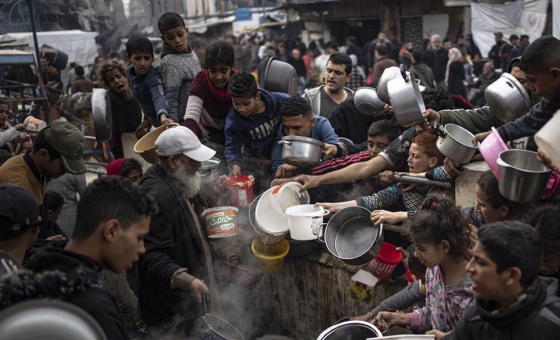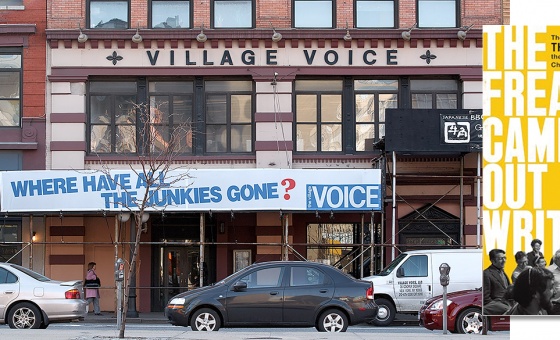This is the last article you can read this month
You can read more article this month
You can read more articles this month
Sorry your limit is up for this month
Reset on:
Please help support the Morning Star by subscribing here
I have never seen a passenger pigeon and neither have you. Despite the fact that this US relative of our own pigeon was once the commonest bird in the entire world.
When the Europeans arrived in North America there were more than five billion of them there.
They were hunted to destruction for cheap meat and logging destroyed their forest homes until, a century ago, the very last passenger pigeon, Martha, fell off her perch in the Cincinnati Zoo and our planet had lost yet another species.
Losing a species might be tragic but it is remarkably common. In fact, the world is losing dozens of species every day.
Between a third and a half of all species are moving toward extinction in the next fifty years — and the blame sits squarely on human shoulders.
The causes are clear. They include man-made climate change, habitat destruction, pollution and overfishing and poaching. Most of those threats are getting worse not better.
Wildlife poaching, sometimes for food, but more often for immensely valuable but dubious animal products used in eastern quack medicines, threaten some of our most iconic animals like tigers, elephants and rhinos.
This evil trade, much of it now conducted on the internet, is believed to be worth more than £7.5 billion a year.
Here are some of the species that unsustainable stupidity, greed and superstition are driving to extinction. When they are gone they are gone forever. Let’s make 2016 the year we save the species.
Here’s Frosty’s 2016 list of most threatened species.
North-Atlantic right whale (Eubalaena glacialis). Named simply because it was the right whale to kill. It is one of the most endangered of all large whales. Around 300 survive.
Polar bear (Ursus maritimus). May be vulnerable to extinction within the next century if warming trends in the Arctic continue at the current pace. Yet Canada will still sell you a licence to shoot a polar bear.
Pacific walrus (Odobenus rosmarus divergens). A recent victim of climate change. With Arctic ice melting, the Pacific walrus is experiencing severe habitat loss.
Atlantic bluefin tuna (Thunnus thynnus). This large fish is the source of highest grade sushi. The species is at serious risk of extinction.
The Vaquita (Phocoena sinus). The world’s rarest marine animal, with fewer than 100 individuals left. Found in the upper Gulf of California, one in five vaquita gets caught and drowned in nets intended for another critically endangered species, the totoaba, whose swim bladders fetch £2,500 a pound when sold to expensive Chinese restaurants and as aphrodisiacs by Chinese medicine stores.
The Amur leopard (Panthera pardus orientalis). Its beautiful, spotted fur makes it a top target for poachers serving the fur fashion trade. Only 30 animals survive.
Siberian tigers (Panthera tigris altaica). These are the world’s largest cats, hunted for their use in traditional Chinese medicine on the black market or even as trophy heads and rugs. Mining, fires, poor law enforcement, forest destruction and illegal logging also continue to threaten this species. Just 400 survive in the wild.
Javan rhinoceros (Rhinoceros sondaicus). Our most threatened of five rhino species. All rhinos are slaughtered for their highly prized horns, which are used in traditional Asian medicine. Just 35 Javan individuals survive. Other rhino species are also under threat.
Sumatran elephant (Elephas maximus sumatranus). This is our smallest pachyderm. The population has declined in less than 25 years due to deforestation, habitat loss and ivory poaching. Less than 3,000 survive.
Leatherback turtle (Dermochelys coriacea). The largest of sea turtles. Hunting, plastic pollution, accidental catches in fishing nets, egg poaching, habitat loss and holiday coastal development that disturbs and destroys nesting beaches. There may be as few as 3,000 left.
Western lowland gorilla (Gorilla gorilla gorilla). Many are killed illegally for the exotic meat trade. Baby gorillas are captured and kept as pets. The deadly ebola virus may have killed 90 per cent of the wild population.
Mountain gorilla (Gorilla beringei beringei). Lives in the mountains that border Uganda, Rwanda, and the Democratic Republic of Congo. Poaching, destruction of habitat, disease and charcoal production that destroys forests has left under 900 individuals struggling to survive.
The Saola (Pseudoryx nghetinhensis). Sometimes known as the Asian unicorn, this is one of the world’s rarest mammals. Only discovered in Vietnam and Laos in 1992, they are killed for their fur, for Asian medicines and for food. Just 750 survive.
Greater bamboo lemurs (Prolemur simus). In Madagascar numbers are down to 60 in the wild and perhaps twice that in captivity. Climate change, illegal logging, hunting and severe depletion of bamboo mean this species is on the brink of extinction.
Sumatran orangutan (Pongo abelii). Habitats are disappearing fast due to forest clearance for oil palm plantations.
That and illegal logging, forest fires, and other agricultural development, all pose a serious threat to this species.
They are also hunted for food and even captured for the status pet market. Only 7,000 survive.
The Yangtze finless porpoise (Neophocaena phocaenoides). Population is down to between one and two thousand in China’s longest river much altered by dam projects. A close cousin also once found in the river, the Baiji dolphin, has now been declared extinct.









